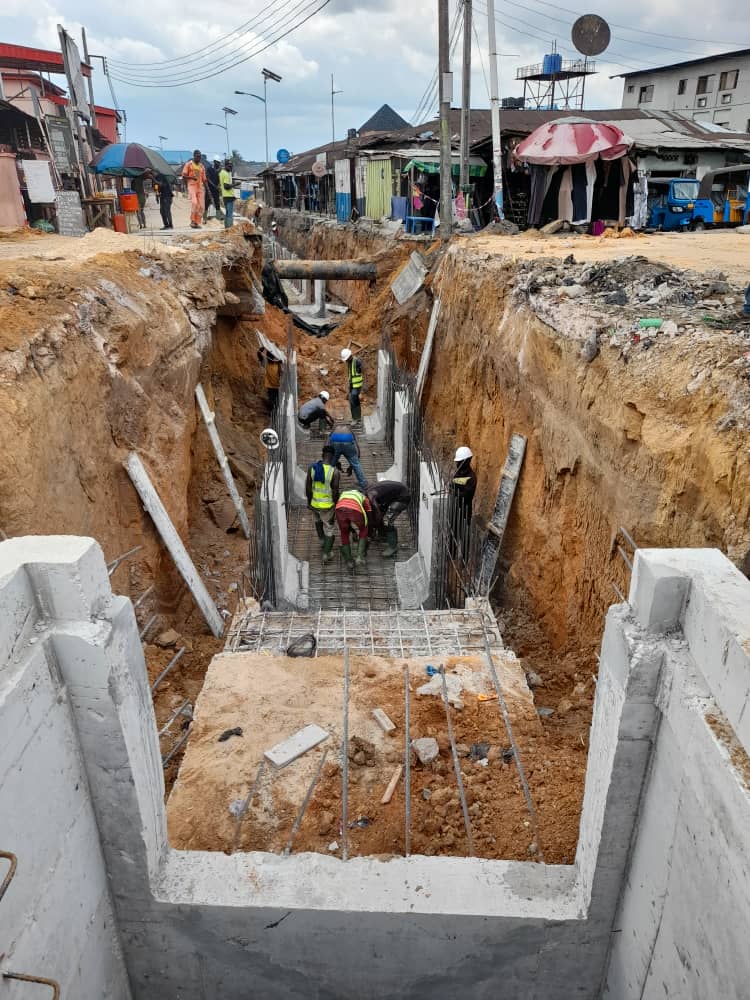
Impacts of land-use change on Urban Hydrology and the need for Sustainable Storm Water Management Engineering Practices
By John Cee Onwualu (FNSE, P.E., R.ENG., M.ASCE)
Urbanization and the resultant land-use change have a profound impact on the hydrology of a region. As natural vegetation is replaced with impervious surfaces such as roads, parking lots, and buildings, the way rainwater and stormwater are managed is altered.
Traditional stormwater management practices, such as gray infrastructure, are often insufficient to handle increased runoff and can cause downstream flooding and water quality issues. In response, there is an urgent need for sustainable stormwater management engineering practices.

This article will explore the impacts of land-use change on urban hydrology, the challenges posed by traditional stormwater management practices, and the sustainable stormwater management practices that can address these challenges.
In addition, the article will discuss the importance of community engagement and education in promoting sustainable stormwater management practices.

A Peep into Land-use Change on Urban Hydrology
Land-use change can have significant impacts on urban hydrology, including changes in runoff and flooding. The development of land-use causes a rapid increase in impervious surfaces, which reduces infiltration and increases surface runoff.

This can lead to increased flooding and erosion, as well as changes in water quality due to increased pollutants in runoff. Climate change can also exacerbate these impacts by altering precipitation patterns and intensities.
To address these issues, sustainable stormwater management engineering practices are needed. This includes the use of green infrastructure, such as rain gardens and green roofs, to increase infiltration and reduce runoff.

In addition, Storm Water Management Model (SWMM), can be used to predict hydrological responses to land-use and climate change. These models can help inform decision-making and planning for sustainable stormwater management practices.
References
Alshammari, E. et al., 2023. The Impacts of Land Use Changes in Urban Hydrology, Runoff and Flooding: A Review. In: E. Alshammari, et al. eds. Current Urban Studies. Malaysia: Scientific Research Publishing Inc., pp. 120-141.
Bibi & Sambeto, T., 2022. Modeling Urban Stormwater Management in the Town of Dodola based on Land-use and Climate Change using SWMM 5.1. Journal of Hydrology: Regional Studies, Volume 44.
Hale, R. L., 2016. Spatial and Temporal Variations in Local Stormwater Infrastructure Use and Stormwater Management Paradigms over the 20th Century. Urban Drainage and Urban Stormwater Management, 8(7).
Li, L. et al., 2021. The Effect of Urban Land-Use Change on Runoof Water Quality: A Case Study in Hangzhou City, Hangzhou City: Environmental Research and Public Health.
Wu, J. et al., 2013. Using the Storm Water Management Model to predict Urban Headwater Stream Hydrological response to Climate and Land cover change. Hydrology and Earth System Sciences, 17(12), pp. 4743-4758.